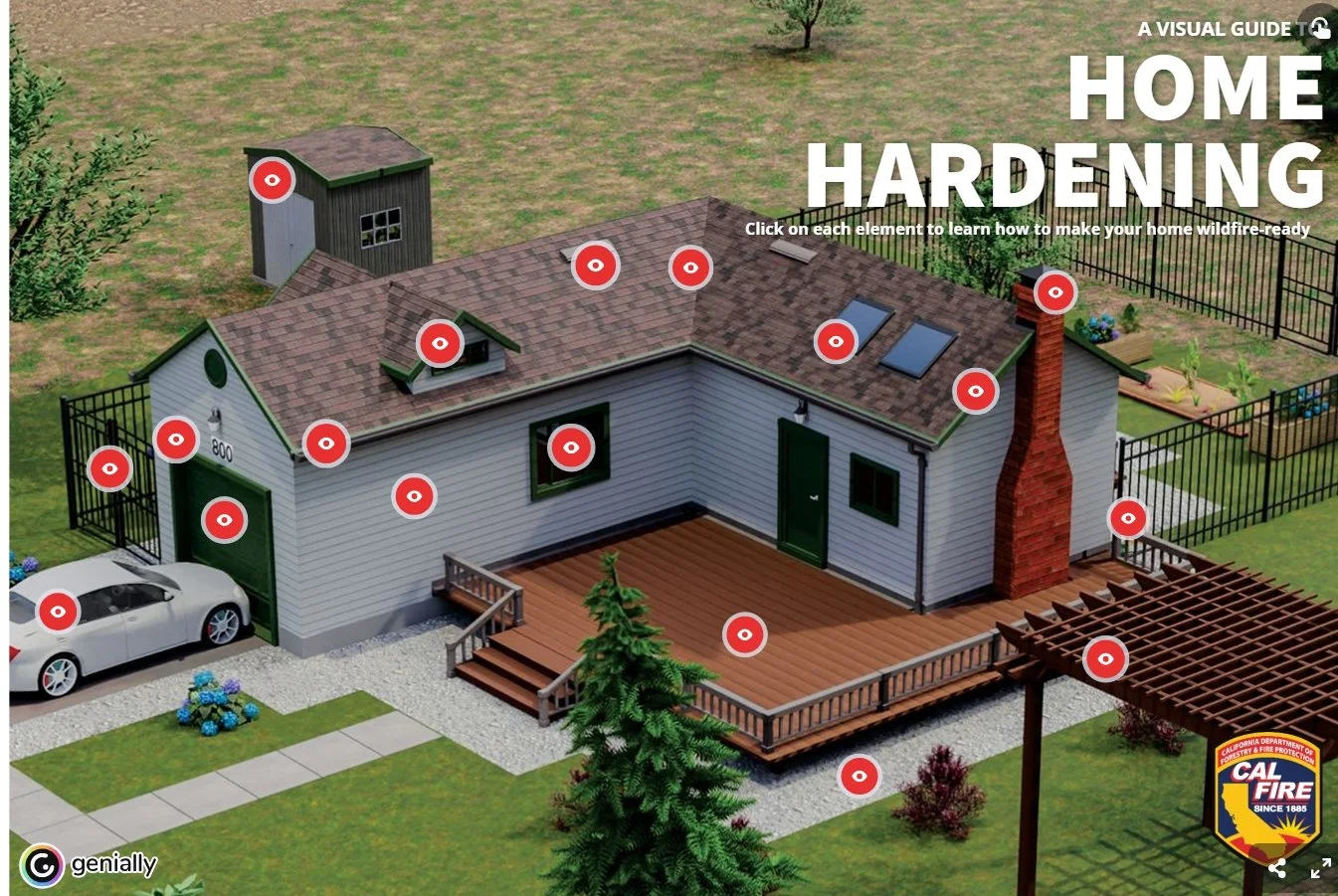Happy Wednesday, Fire Adapted Community!
With a new year comes a lot of exciting upcoming opportunities and resources from across the region. From local classes and training opportunities to educational documentaries and resources for home hardening, winter is the perfect time to lean into the concept of Wildfire is Year-Round by learning more about risks and mitigation.
This Wildfire Wednesday features:
Basic wildland fire and first responder classes, winter-spring 2025: Wildfire Resilience Training Center, Las Vegas, NM
Stay warm and be well,
Rachel
Wildfire Resiliency Training Center Opportunities
The 2022 Hermits Peak-Calf Canyon Fire Complex and its aftermath highlighted a need for a more comprehensive approach to wildfire resiliency. One prong of that comprehensive approach is local capacity - better training and opportunities for community members to become involved with fire and land management. In response, Luna Community College launched the Wildfire Resilience Training Center (WRTC) in las Vegas, NM. The Center offers classes, weekend trainings, and other hands-on opportunities for students to gain practical skills and knowledge, either furthering their current career or building the foundation to begin working in a new field.
This winter and spring, WRTC is offering a handful of first responder and basic wildland firefighter courses. Students who complete the full suite of classes will have the prerequisite training and may be eligible for hiring in the federal and local fire workforce.
View the full schedule of classes below; to enroll or get more information, contact WRTC Director Hank Blackwell at hblackwell@luna.edu.
Documentary
The Fire Problem
University of Montana - Wilderness Institute and USDA Missoula Fire Sciences Laboratory
Lives are being impacted by extreme wildfires that threaten our communities and change our forests. What are the sources of this escalating problem, and can it be solved? This documentary draws from leading fire scientists, experienced land managers, and seasoned firefighters. The good news – in spite of climate change and the alarming fire trajectory, these experts make a case for a clear and effective path forward.
“We’re ringing the bell, we’re all in the struggle together. Everybody has a different role in this [path to a more fire adapted future].”
The Importance of Home Hardening
Research tells us that most homes ignite during a wildfire as a result of embers or small flames (National Interagency Fire Center). During urban conflagrations, fire does not spread from house to house via burning vegetation; rather, the energy released by one burning house carries the fire to the next one (NPR: Insights from an expert on large urban fires and how to prevent them). There are steps that homeowners can take to reduce the risk, with the most important efforts occurring on and immediately around the home.
Home hardening is the term used to describe vegetation management compliance and building materials used to resist the intrusion of flames or embers projected by a wildland fire. It can be applied to new construction or for retrofitting an older home. Home Hardening considers the relationship between your home and its exposure to nearby combustible features such as vegetation, vehicles, accessory buildings, or even miscellaneous structures like a fence.
Learn more about where to start addressing your home's vulnerabilities to better withstand wildfire with CalFire’s interactive Home Hardening guide and the Wildfire Prepared Home program from IBHS, a designation program which enables homeowners to take preventative measures for their home and yard to protect against wildfire. You can read more about IBHS’s program in Wildfire Wednesday #143.
Reflections from the National FAC Learning Network
In this blog post from FAC Net, staff and leadership reflect on what 2024 meant to them and what the FAC community was able to accomplish as seen through the lens of hindsight. “2024 was a busy and exciting year for the Fire Networks as we expanded our impact and continued to invest in people and place-based efforts to change our relationship with fire. Since the beginning of our 22-year partnership, our vision remains clear: to foster viable fire cultures across the country. We envision a future where fire once again plays its fundamental role as an ecological and cultural process. Where communities are empowered and prepared for wildfire. Where the workforce welcomes diverse viewpoints, skills and life experiences to address the complexity of the challenge. And where people who live within and depend on fire-adapted ecosystems have a role and voice, shared ownership, and where power and responsibility are distributed equitably.”
The reflection focuses on:
Supporting partnerships and collaborative approaches,
Facilitating and supporting learning networks,
Informing policy and funding environments at state and federal levels, and
Inspiring others across the globe
Read the full reflection and learn more about what comes next in 2025 on their website: www.fireadaptednetwork.org/fire-networks-2024-year-in-review/






